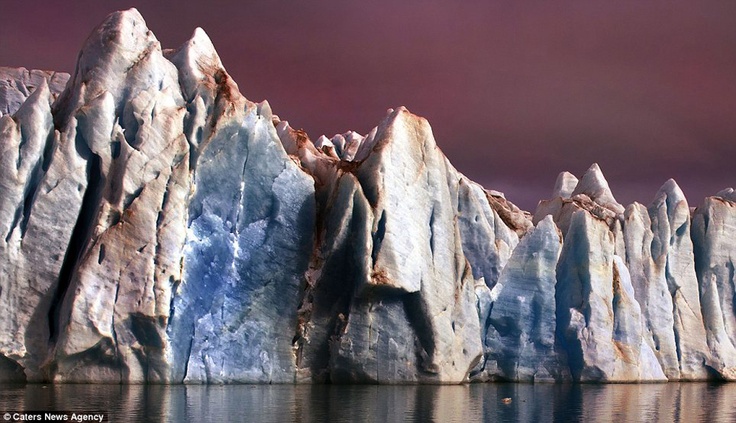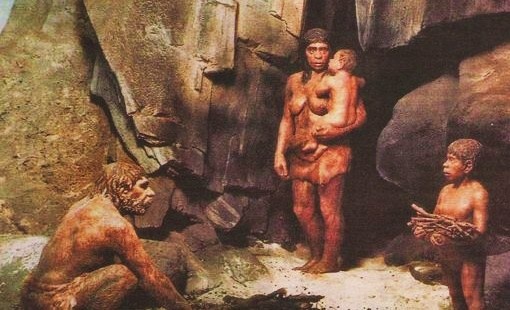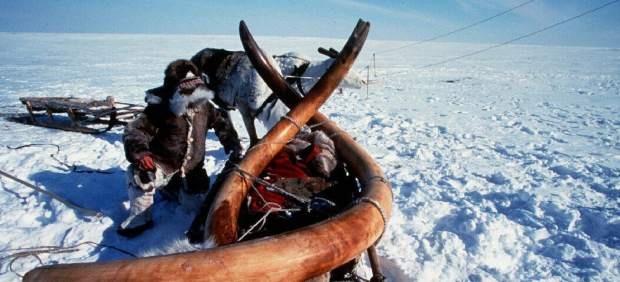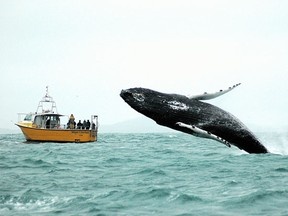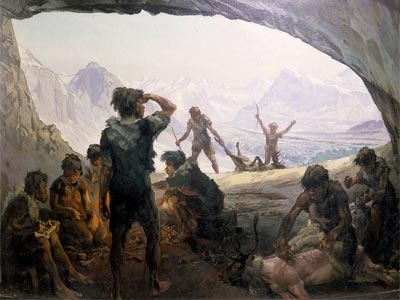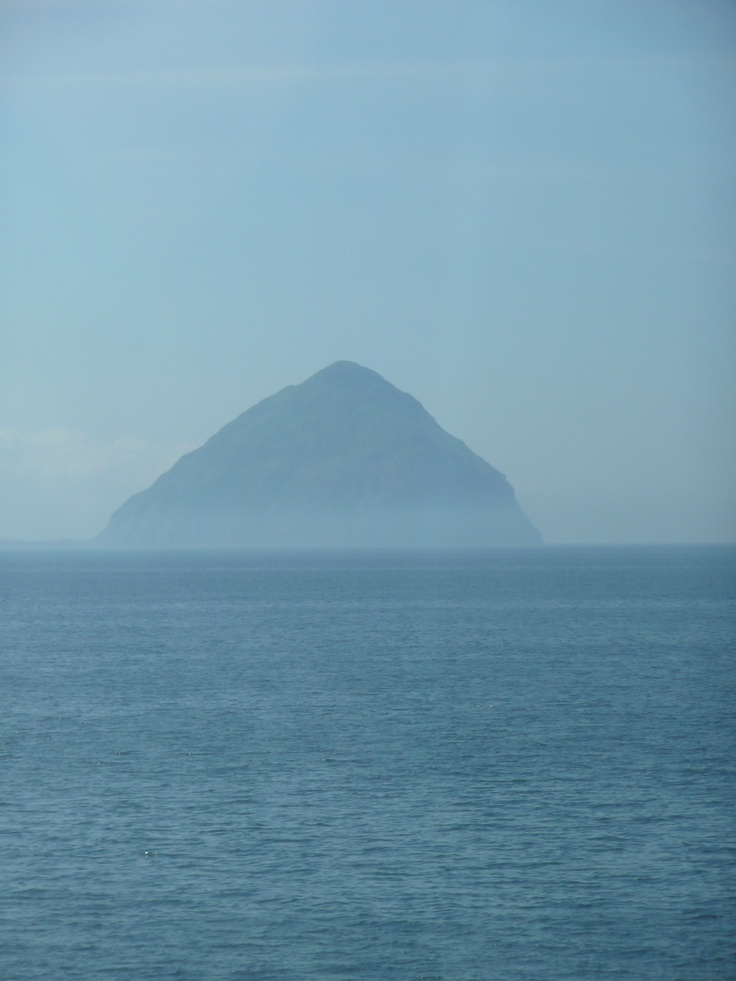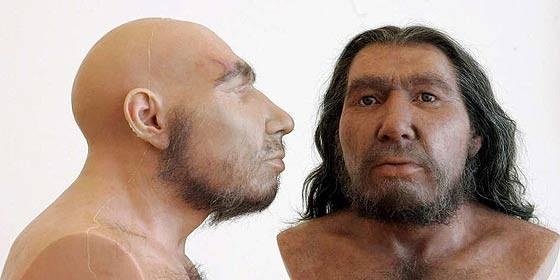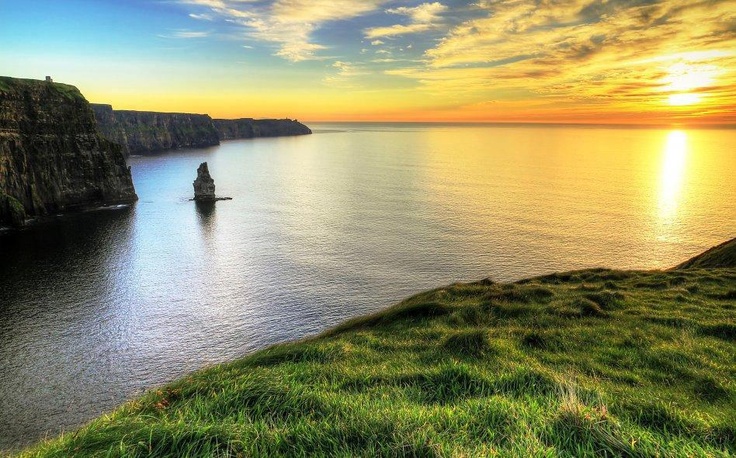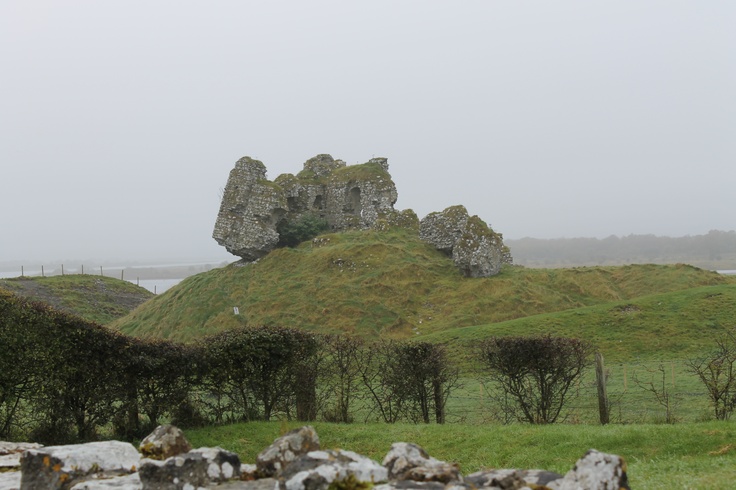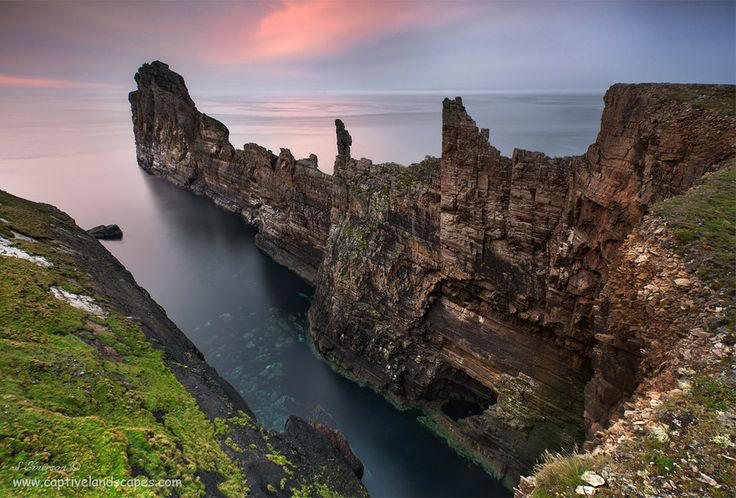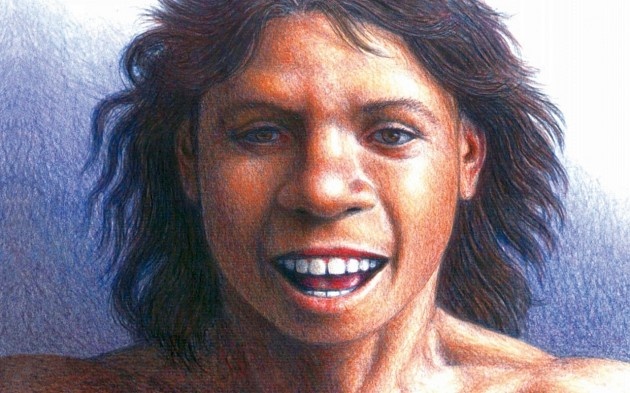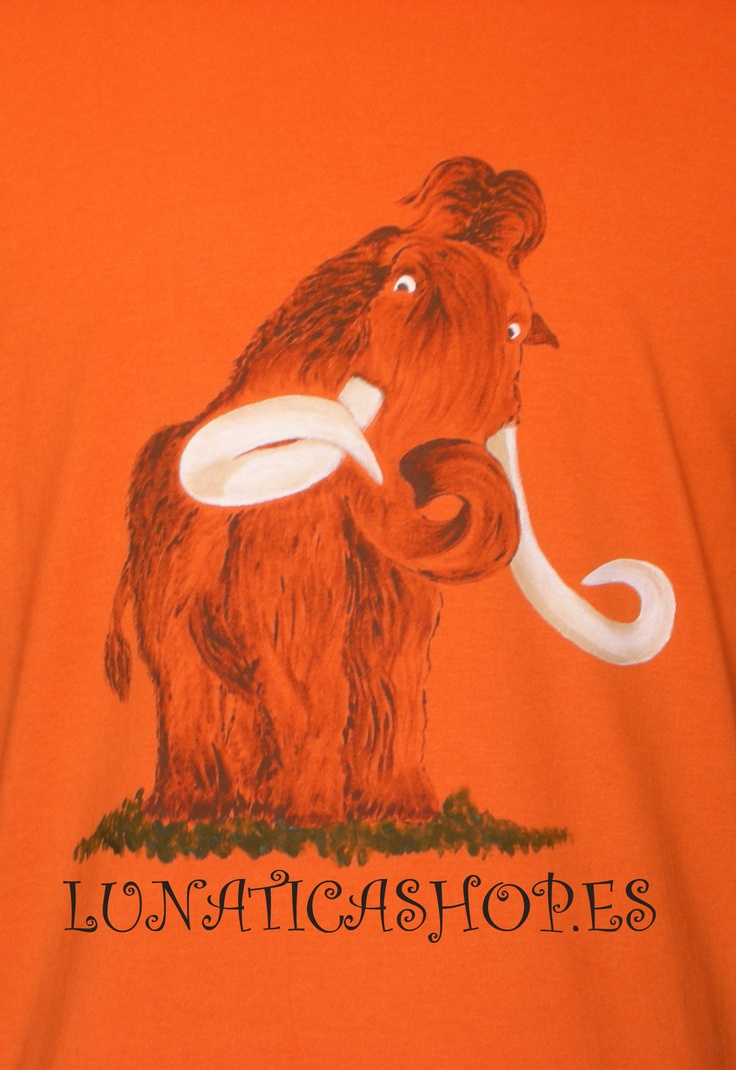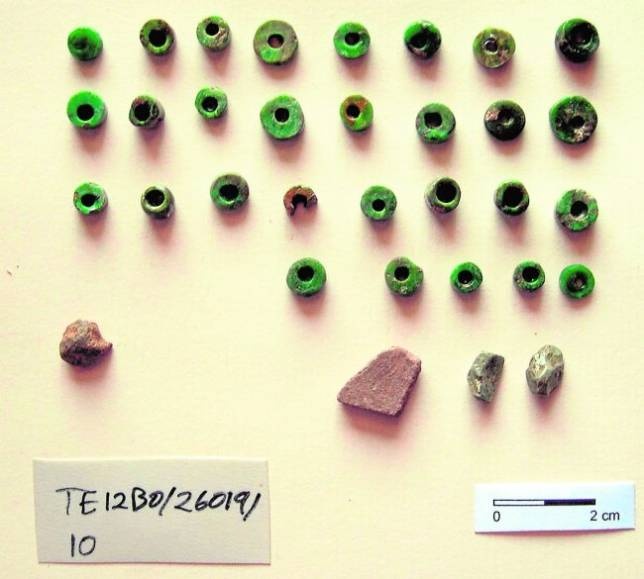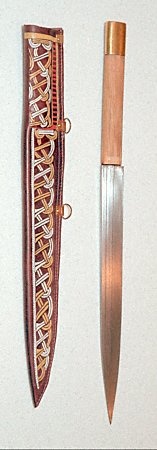ESPAÑOL INGLÉS
ILUSIONAR- EXCITED
1 (entusiasmar) to be excited:
me ilusiona pensar que voy a tener un hermanito.
I’m excited at the thought of having a baby brother
Gales
Etimología
El nombre de Gales procede del anglosajón Walas o Wealas, probablemente de wealh, que quiere decir «extranjero no germánico». El nombre nativo, Cymru, fue adaptado bajo la forma Cambria en lenguaje inglés poético.
Historia
Prehistoria
El País de Gales (Cymru en galés) ha sido habitado por el hombre moderno desde hace al menos 29 000 años,7 aunque los asentamientos estables en el territorio no aparecerían hasta la última edad de hielo, cuando emigraron a la isla cazadores-recolectores mesolíticos provenientes de Europa Central. Los glaciares retrocedieron en la región hacia el VIII milenio a. C., pero el paso hacia Europa Continental se mantuvo hasta el fin de la glaciación, entre el V y el VI milenio a. C., cuando Gran Bretaña se convirtió en una isla y se formó el Mar de Irlanda, separando a Gales de Irlanda.8 9 Según el historiador John Davies, las leyendas sobre el hundimiento de Cantre’r Gwaelod y los cuentos de Mabinogion, en los que se dice que las aguas del Mar de Irlanda eran menos profundas, pueden ser reminiscencias de ese período.

Dolmen neolítico de Pentre Ifan.
Durante este periodo los bosques de la región se hicieron muy densos, dificultando su comunicación con el resto de la isla. De la Península Ibérica llegaron por mar colonizadores neolíticos, que se integraron con los pueblos ya presentes y favorecieron la sedentarización de los habitantes de la región, dentro del proceso de la revolución neolítica.10
Los nuevos pobladores despejaron los bosques para establecer tierras de pastoreo y de cultivos, desarrollaron tecnologías para la elaboración de cerámicas y de textiles, y construyeron cromlechs como los de Pentre Ifan, Bryn Celli Ddu y Parc Cwm long cairn.11
Durante la edad de bronce y de hierro las culturas celtas de Gales sostuvieron intercambios con las del resto de la archipiélago. Durante la conquista romana de Britania el país estaba dividido entre los deceanglos, ordovicos, cornovii, démetas y siluros.12
******************Texto en Inglés******************
Etymology
The name comes from the Welsh Anglo Walas or Wealas, probably wealh, meaning “foreigner not Germanic.” The native name, Cymru, was adapted under the Cambria how poetic English language.
History
Prehistory
Wales (Cymru in Welsh ) by modern man has been inhabited for at least 29,000 years ago, although stable settlements in the territory does not appear until the last ice age , when they emigrated to the island hunter- gatherer Mesolithic from Central Europe . The glaciers in the region fell to the VIII millennium. C. , but the move towards Continental Europe remained until the end of the ice age, between the V and VI millennium. C. , when Britain became an island and formed the Irish Sea , separating Wales from Ireland . According to historian John Davies, the legends about the sinking of Cantre’r Gwaelod and stories of Mabinogion , in which it is said that the waters of the Irish Sea were shallower, may be reminiscent of that period.

Dolmen Neolithic Pentre Ifan .
During this period the region’s forests were very dense, preventing communication with the rest of the island. In the Iberian Peninsula came by sea Neolithic settlers, who joined with the peoples already present and favored the sedentary inhabitants of the region, within the process of the Neolithic revolution .
The new settlers cleared the forests to establish pasture and crop technologies developed for the production of ceramics and textiles, and built cromlechs such as Pentre Ifan , Bryn Celli Ddu and Parc Cwm long cairn .
During the Bronze Age and Iron cultures Celts of Wales held exchanges with the rest of the archipelago. During the Roman conquest of Britain, the country was divided between deceanglos , Ordovices , Cornovii , Demetae and catfish .

